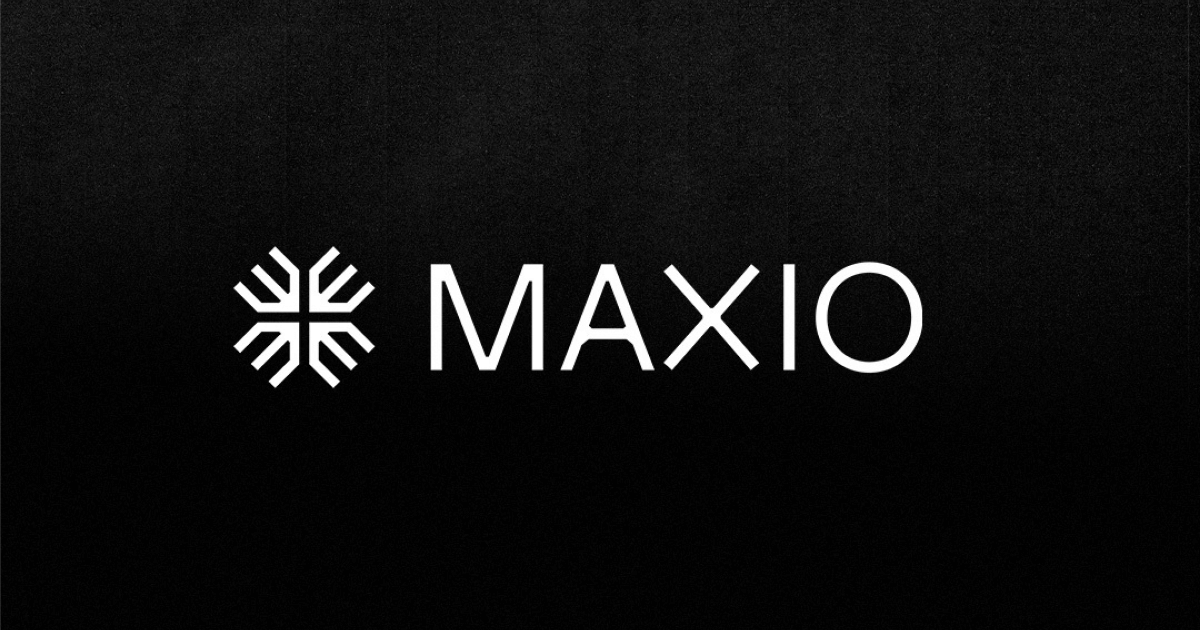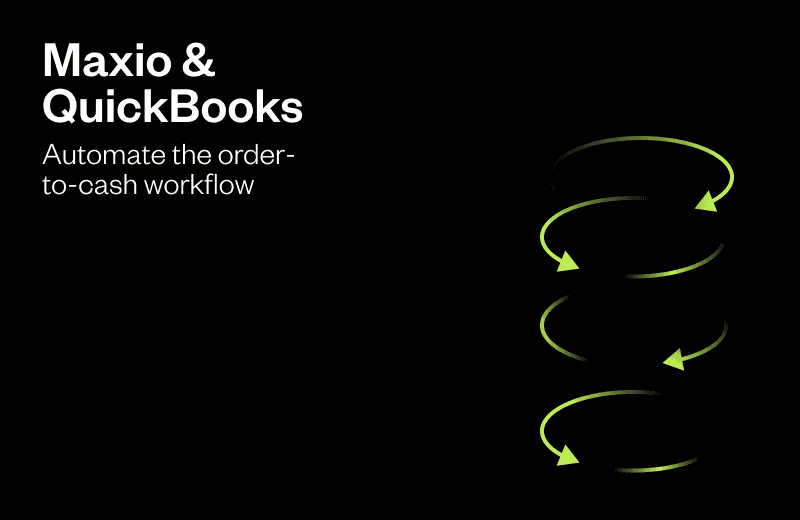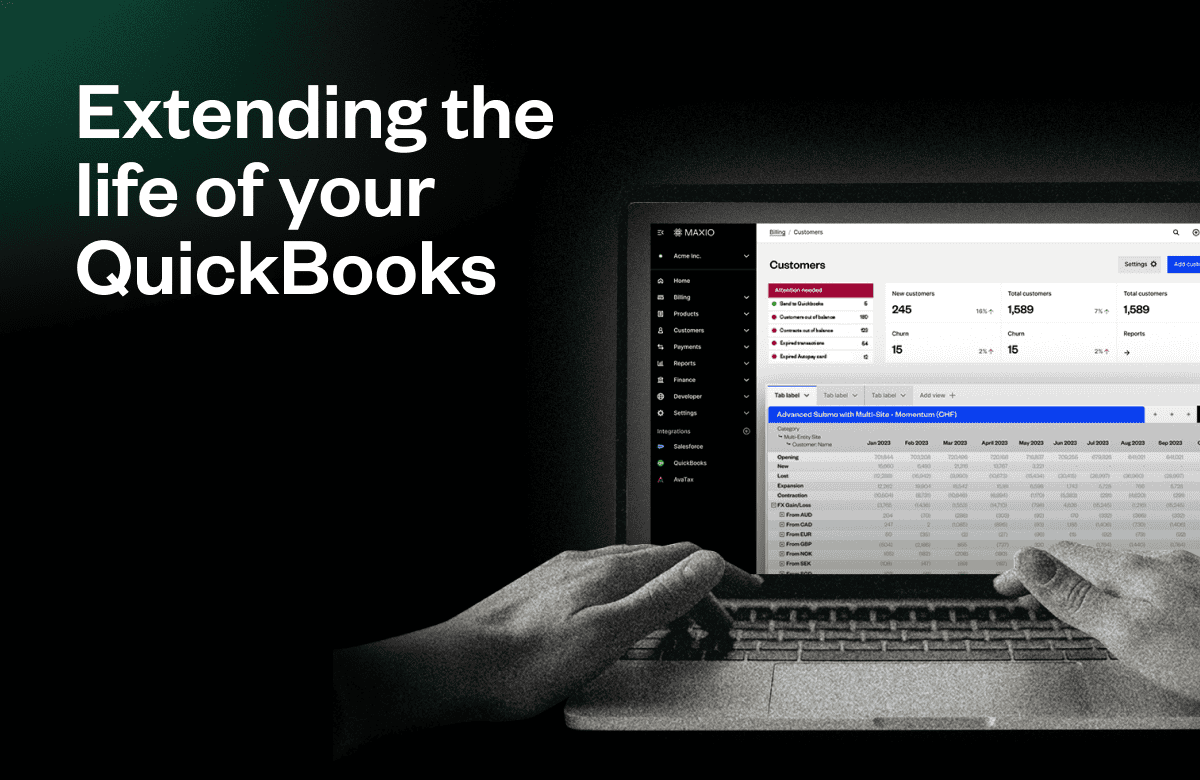Subscription businesses are particularly prone to complex accounting and resource planning workflows, especially those with growing product catalogs that consist of different billing models, renewal frequencies, legacy plans, custom pricing, and so on.
While an ever-changing product catalog is good for growth, go-to-market teams rarely consider the downstream implications these changes create for finance teams. To bridge the gap, we’ve released integrations with QuickBooks Online and Xero, and recently announced the acquisition of ProRata for revenue recognition.
Today we’re happy to introduce our native NetSuite integration as another tool for the finance-focused side of the business.
This new integration syncs Maxio customers and transactions to NetSuite. Mapping your product catalog from Maxio to NetSuite item types ensures that revenue is reported based on your NetSuite configuration—which can vary from business to business.
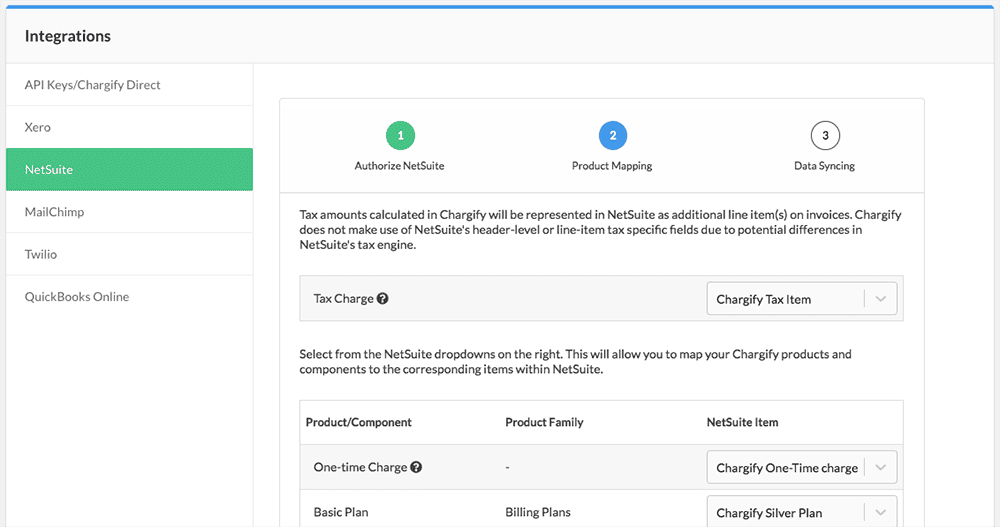
By mapping inventory vs. non-inventory item types, you can control the data architecture and associated workflows. Invoices with non-inventory items will sync based on the following rules:
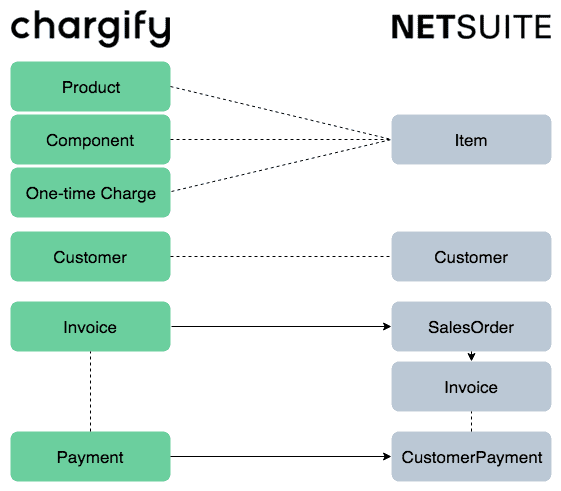
If an invoice contains NetSuite items labeled as inventory, we’ll create a sales order in NetSuite. When the sales order is marked as fulfilled—i.e. shipped—we’ll create an invoice, and finally, a customer payment once paid. If Maxio collects a payment before the sales order is fulfilled, we’ll create a customer deposit.
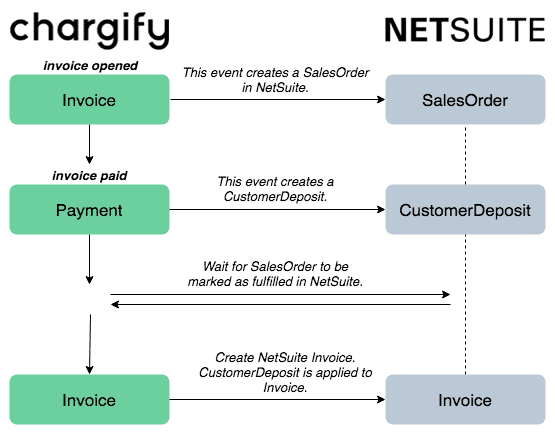
NetSuite is a powerful Enterprise Resource Planning (ERP) solution that offers a wide range of benefits from basic financial accounting to advanced inventory management, revenue recognition reporting, and much more.
We’re excited about what this integration provides to our customers that use NetSuite. Not only does it reduce the burden of labor-intensive reporting, but it also enables go-to-market teams to be more creative with what they can offer—without worrying about downstream implications.
Getting Started
- NetSuite integration documentation
- Current customers: Contact support@chargify.com to learn more and get the NetSuite integration enabled on your account.
- Potential customers: Schedule a call with one of our Billing Experts to get your questions answered.

